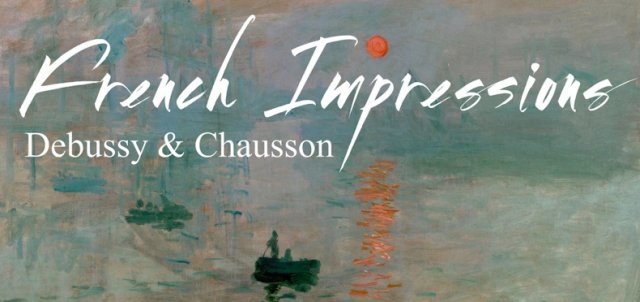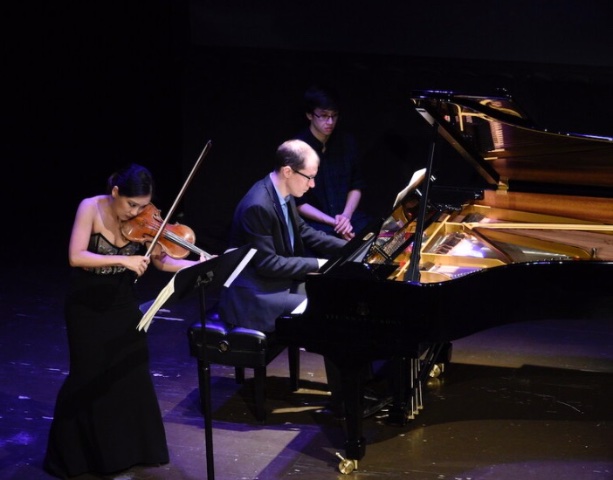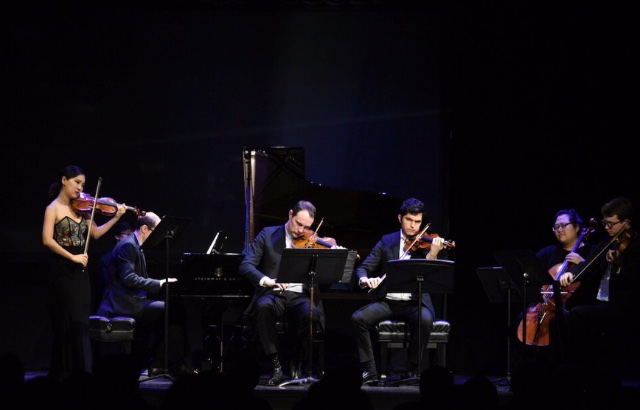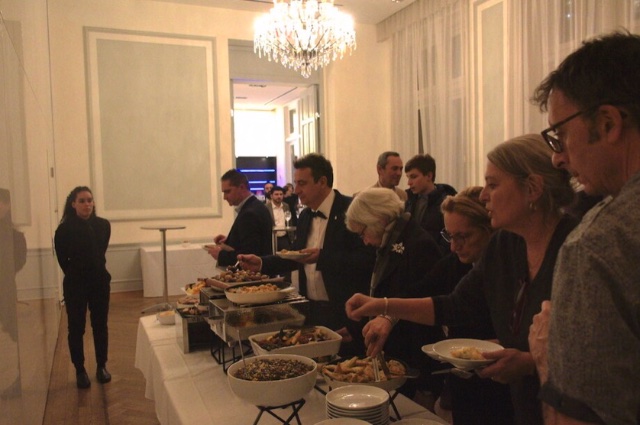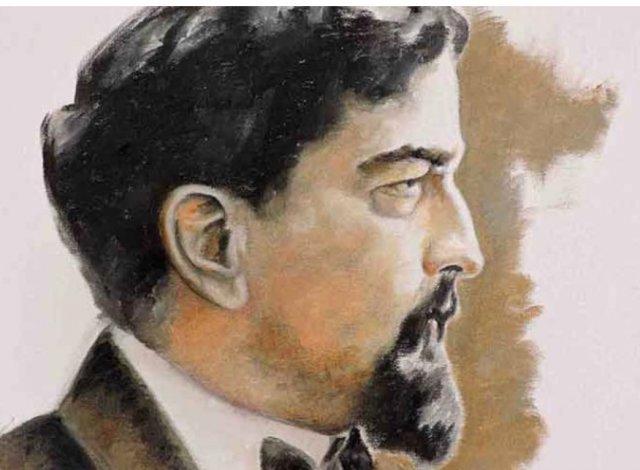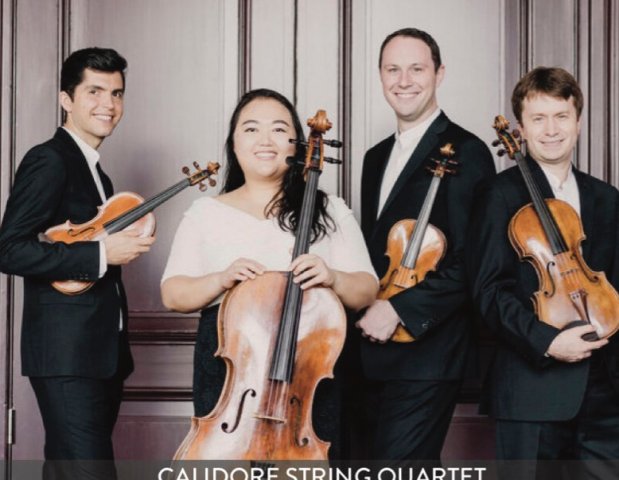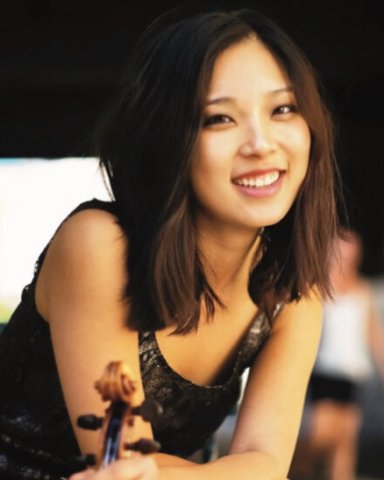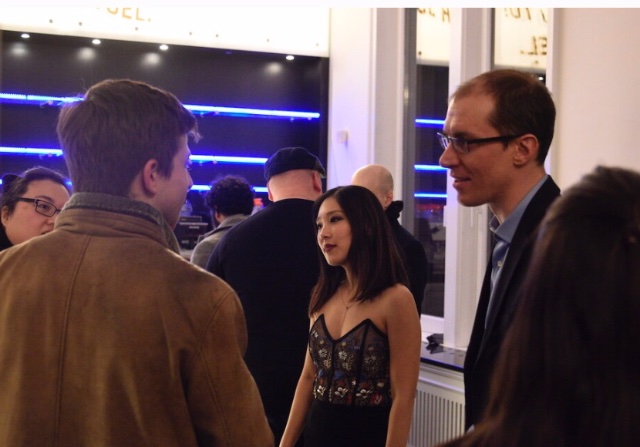Aspect Chamber's Musical Enemies: Debussy and Chausson
Grace Park and Gilles Vonsattel Superb on Violin and Piano
By: Susan Hall - Mar 02, 2020
Irina Knaster founded the Aspect Chamber Music series to provide an enriched communal atmosphere for the performance of music. Concertgoers are invited to drink wine and chat before the concert and during the intermission. Knaster fills the halls at the Bohemian National Center and Columbia's Italian Academy, two beautiful settings. She lowers the boundaries between performers and the audience.
Claude Debussy and Ernest Chausson are paired for an evening of chamber music. Guest artist Grace Park was able to show her daring in the Debussy. She rose to the subtle challenges which move the same phrase from quiet at one moment to a biting staccato at the next. In the Chausson, she reveled with sheer beauty.
Pianist Gilles Vonsattel listens to his notes with such meditative depth that you can hear how perfect his pace is, and how right the length of time he gives to notes, which beautifully resonate. His performance offers reservoirs of sound.
Park reveals the opening of the Debussy with a dreamy personal touch. With Vonsattel, she creates sound colors and a subtlety of tonal development. The work's delicacy is never abandoned, even in the striking scrapes the composer writes from time to time. Debussy's approach to instrumental color is given integral importance.
The artists, joined by the Calidore String Quartet, bring a very difficult quality to the Ernest Chausson Concerto for Violin, Piano and String Quartet. Like the Debussy, it is a late work. A fundamental three-note theme is introduced by the piano. The quartet reinforces it immediately, as the piano ducks under them to decorate. Park bursts in on violin and reiterates the lyrical subject. The piano supports until the quartet enters to repeat the theme with high energy. The group works magically to pass off musical lines and move from solo to support.
A second theme is presented on violin and doubled on cello. Park picks up a rhythm which then makes its way into the piano's notes.
The second movement lulls, the motive working in counterpoint with the main theme. It was been called the charming, fanciful gardens of Gabriel Fauré.
The group and soloists move to the foreboding and resigned third movement. An ominous version of the first theme returns and escalates to a gigantic climax.
The last movement moves between D major and D minor. When Chausson wrote the last measure he is said to have exclaimed, "Another failure." That it is not. Its beautiful and refined melodic ideas are striking; particularly in the hands of these artists.
Samuel Adams gave colorful lectures before the concert began, and at the end of the Debussy.
The evening clearly gave pleasure to the many young concertgoers who are attracted to its sociability as well as superb educational tips and music-making. Next up is Music, Tales and Magic on March 11 at Bohemian National Hall.

